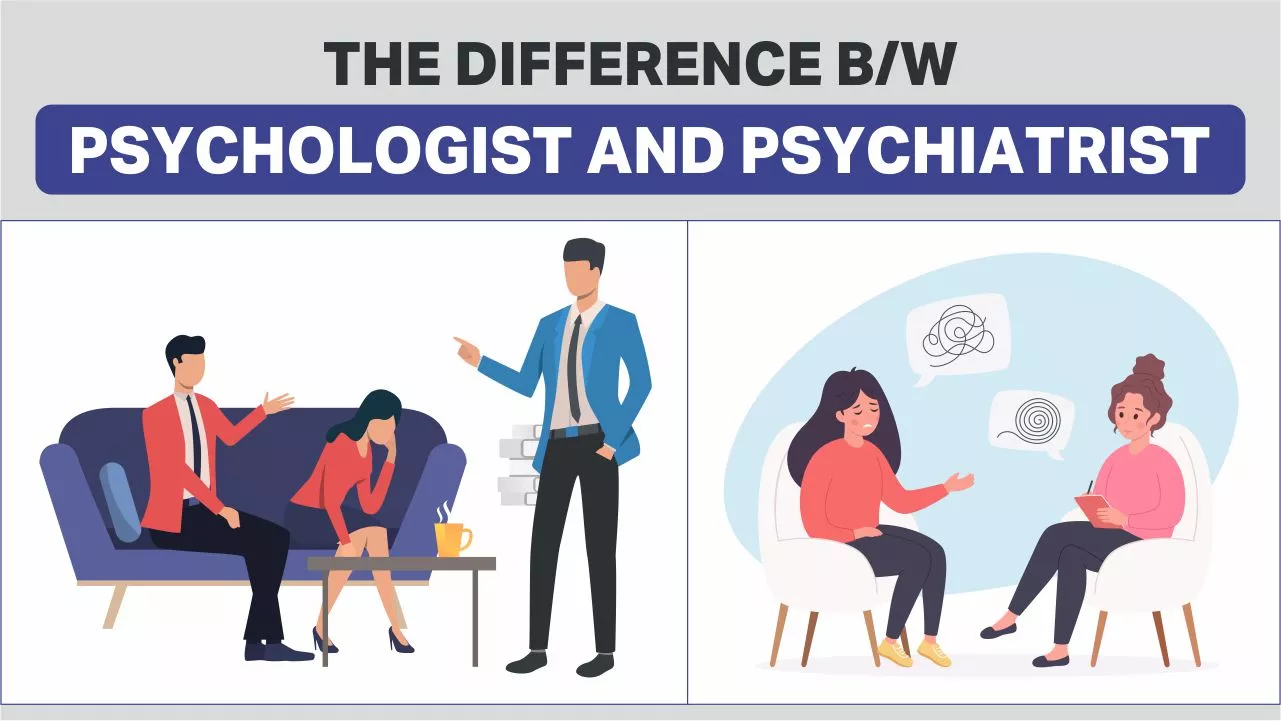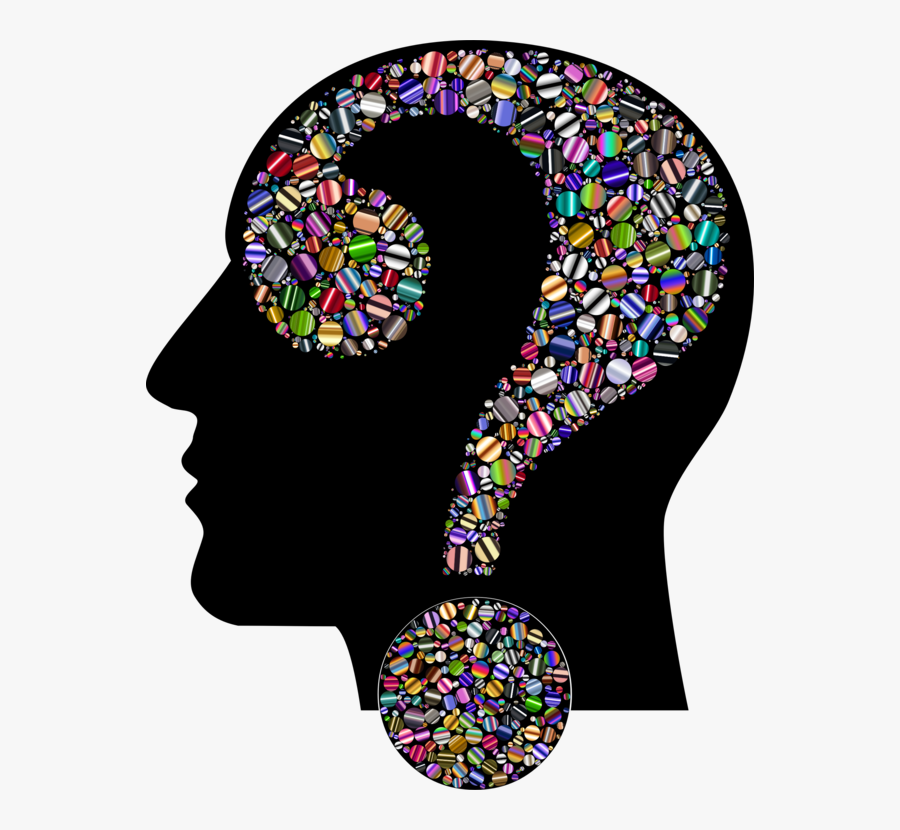Psych Treatment: A Comprehensive Overview to Strategies and Results

Cognitive-Behavioral Treatment
Cognitive-Behavioral Therapy (CBT) is a commonly made use of psychotherapeutic method that concentrates on identifying and modifying useless thinking and habits patterns. Established in the 1960s by Aaron T. Beck, CBT incorporates cognitive and behavior concepts to address various psychological health and wellness issues, including depression, anxiety, and stress-related problems.
Strategies such as cognitive restructuring, exposure therapy, and skill-building exercises are frequently employed. Cognitive restructuring involves difficult and altering adverse thought patterns, while exposure therapy intends to lower anxiety and stress and anxiety via steady exposure to been afraid items or scenarios.
Evidence-based research study supports the efficacy of CBT for a variety of mental problems - Best Psychologist in Delhi. Its emphasis on skill purchase and self-help strategies equips clients to continue progression individually after treatment concludes. The adaptability and performance of CBT have actually made it a cornerstone in modern psychotherapeutic practice
Psychodynamic Strategies
Rooted in the early theories of Sigmund Freud, psychodynamic strategies concentrate on exploring the subconscious mind and its influence on behavior and emotions. These approaches aim to uncover concealed thoughts and sensations that may be driving maladaptive habits and mental distress. Central to this method is the idea of inner dispute, typically coming from unsolved past experiences, particularly those from youth.
Therapists making use of psychodynamic techniques utilize numerous vital methods, consisting of totally free association, where patients are urged to speak easily to expose subconscious product, and desire evaluation, which analyzes the unrealized web content of desires. Additionally, the exploration of transference and countertransference characteristics within the restorative relationship is crucial. These interactions can supply insights right into the patient's inner world and relational patterns.
Psychodynamic therapy is normally longer-term compared to various other modalities, providing a deep and detailed understanding of the individual's psyche. Research study shows that it can be particularly reliable for complicated mental wellness problems, such as character disorders and chronic clinical depression. By fostering self-awareness and psychological understanding, psychodynamic treatment seeks to bring unconscious material to awareness, allowing individuals to achieve enduring and meaningful adjustment in their lives.
Humanistic Strategies
Building on the structures laid by psychodynamic techniques, humanistic methods use a distinctive perspective concentrated on individual potential and self-actualization. Coming from in the mid-20th century, these techniques prioritize the intrinsic benefits and growth possibility of people, highlighting an all natural view of human experience. Trick numbers such as Carl Rogers and Abraham Maslow have dramatically influenced this healing technique, which incorporates approaches like client-centered treatment and Gestalt therapy.
Client-centered treatment, created by Rogers, plays a critical role in humanistic methods. It depends on the specialist giving an environment of genuine favorable respect, empathy, and harmony. This promotes a secure room for clients to discover their sensations and experiences without judgment, promoting self-discovery and individual growth. The specialist's role is even more of a facilitator my response than an authority, motivating clients to harness their inner resources for recovery.
Gestalt therapy, one more essential humanistic method, emphasizes present minute recognition and the integration of body and mind. By concentrating on the "below and currently," customers gain greater understanding into their current emotions and habits. Strategies such as role-playing and led visualization are frequently utilized to help clients gain a deeper understanding of themselves, inevitably leading to enhanced self-awareness and gratification.
Integrative Therapies
Integrative treatments stand for a synthesis of numerous therapeutic techniques customized to satisfy the special demands of each client. This strategy recognizes the complexity of human psychology and the diverse nature of mental health and wellness concerns. By integrating components from various institutions of psychotherapy-- such as cognitive-behavioral treatment (CBT), psychodynamic therapy, and humanistic methods-- integrative treatments use a more all natural and flexible read treatment standard.
Professionals of integrative therapy analyze each client's details demands, symptoms, and personal history to develop a customized treatment plan. This customized strategy boosts the potential for therapeutic success by dealing with the root triggers of mental distress and advertising overall wellness. Techniques may consist of mindfulness workouts, cognitive restructuring, and psychological processing, each chosen to target various elements of the client's problems.
Additionally, integrative therapies emphasize the therapeutic connection, seeing the client-therapist bond as an important part of reliable treatment. This connection promotes an encouraging setting where customers feel secure to discover and address their concerns. The adaptability of integrative therapies makes them ideal for a broad variety of problems, including anxiousness, anxiety, trauma, and social difficulties, thus raising their applicability and efficiency in diverse clinical settings.

Determining Therapy Results
Reviewing the performance of psychotherapy is crucial for both clients and clinicians to make sure that the therapy is generating the desired end results. To attain this, numerous techniques and devices are employed to gauge therapy outcomes systematically. Standardized analysis instruments, such as the Beck Depression Stock (BDI) and the Generalized Anxiousness Disorder 7 (GAD-7), provide measurable information on signs and symptom severity and changes over time.
In addition to standard devices, qualitative methods like customer self-reports and clinical meetings use useful understandings right into the individual experiences and regarded development of customers. Consistently arranged analyses, normally at the start, navel, and end of treatment, assistance in tracking the trajectory of enhancement or identifying areas needing adjustment.
Result measurement is not restricted to symptom reduction; it likewise includes practical renovations in day-to-day life, such as better social partnerships, boosted job efficiency, and enhanced total well-being. Modern developments in electronic wellness have actually presented mobile apps and on the internet systems that assist in real-time tracking and feedback, better improving the assessment process.
Inevitably, a detailed technique to measuring treatment outcomes ensures that therapeutic treatments work, effective, and customized to satisfy the specific requirements of customers, therefore maximizing the general restorative experience.
Conclusion
Humanistic strategies focus on personal growth and self-actualization, this while integrative treatments integrate numerous methods for tailored treatment strategies. Evaluating treatment outcomes through qualitative approaches and standard analyses makes sure a detailed understanding of efficiency, ultimately assisting clients towards withstanding psychological health and wellness enhancements.
From the structured technique of Cognitive-Behavioral Treatment (CBT) to the deep expedition of the subconscious in psychodynamic therapy, each method brings one-of-a-kind advantages. Its emphasis on ability procurement and self-help methods equips clients to proceed progression individually after treatment ends (Best Psychologist in Delhi). Key numbers such as Carl Rogers and Abraham Maslow have actually dramatically influenced this therapeutic method, which incorporates methods like client-centered therapy and Gestalt therapy
